Thai Economy: Current State and the Way Forward - Dr. Sethaput Suthiwartnarueput
“The Thai Economy: The Current State and the Way Forward”
On March 10, 2025, Dr. Sethaput Suthiwartnarueput, Governor of the Bank of Thailand, delivered a speech at the Japanese Chamber of Commerce (JCC) Dinner Talk, Anantara Siam Bangkok Hotel, discussing the current state and future prospects of the Thai economy.
I. Review and Present Situation
Dr. Sethaput Suthiwartnarueput looked back at Thailand's economic performance over the past year. In 2024, Thailand's economy showed some positive signs. Consumption growth exceeded expectations, reaching 4.4%, far higher than the expected 3%. The tourism sector also experienced a strong recovery, with 35.5 million tourists received, surpassing the expected 34.5 million. Export values rebounded from the slump in 2023, growing by 5.8%, higher than the expected 2%. However, despite these positive performances in these sectors, the overall GDP growth was only 2.5%, at the lower end of the previously expected range (2.5% - 3%). The reason for this was the poor performance on the production side, especially a significant inventory drawdown, which dragged down the GDP growth.
II. Economic Outlook for 2025
(1) Growth Forecast
The GDP growth in the fourth quarter of 2024 was 3.2%, lower than the expected 3.8% - 3.9%, setting a low starting point for economic growth in 2025. As a result, the Bank of Thailand expects weaker economic growth in 2025 than initially predicted, revised down from 2.9% to close to 2.5%. Despite this, consumption and tourism are still expected to grow, with consumption projected to increase by slightly above 2.5% and tourism expected to receive 39.5 million tourists, nearing pre-COVID levels. However, export growth will be slower than the 5.8% seen in 2024. Additionally, there has been a disconnection between consumption growth and manufacturing output. In the past, these two were highly correlated, but between 2021 and 2024, while consumption grew at an average of 2.1%, manufacturing shrank by 0.6%. This gap has been filled by imports, mainly from China, which is a key reason for the lackluster recovery in Thailand's headline GDP and the concerning economic outlook for 2025. With uncertainties in global trade, especially regarding tariff policies of major economies, Thailand's economy faces significant risks.
(2) Inflation
In 2024, Thailand's inflation rate was 0.4%, below the target level. For 2025, the inflation rate is expected to be around 1.1%, within the target range of 1% - 3%. However, the low inflation is not due to a broad decline in demand but is driven by supply-side factors such as food and energy prices. In the consumption basket, 75% of goods and services have not seen price drops, and inflation expectations remain stable, with both businesses and households expecting inflation around 2%. Therefore, the low inflation should not be interpreted as widespread deflation. Thailand has not experienced typical signs of a deflationary spiral, such as a decline in consumption due to expectations of sustained price decreases or a negative price-wage spiral.
(3) Financial Stability
Thailand faces high levels of household debt, but the household sector is gradually deleveraging. The Bank of Thailand needs to carefully balance to prevent excessive growth of household debt through rapid credit expansion, as well as to avoid significant contraction of credit growth that could harm the overall economy. Currently, credit growth is slowing and stabilizing, with aggregate credit growth at -2% year-on-year in the third quarter of 2024, leveling to about -0.4% in the fourth quarter, indicating greater stability. However, the slowdown in credit growth is due to higher credit risk and lower risk appetite for lending. On the household side, this trend is expected and necessary for deleveraging. Yet, there are concerns about SME lending, which has been a significant issue in Thailand. Before COVID, SME lending was declining, and although it increased sharply during COVID due to targeted credit measures, it is now shrinking again, reflecting decreased risk appetite among banks. To address this, the Bank of Thailand is tackling the problem at its source - credit risk. The National Credit Guarantee Agency (NaCGA) has been established to help guarantee some of the credit and reduce credit risk, encouraging banks to lend more to SMEs. In the auto sector, high purchase lending and auto loans have declined sharply due to higher credit risk, driven by falling used car prices, which have dropped significantly, not just in Thailand but in many countries, due to a glut of cars, especially low-priced Chinese EVs. When used car prices fall, credit losses for banks increase, making them less willing to lend. However, there are starting signs of stabilization in the used car and auction markets. The flow of cars to auction is leveling off, slowing down by about 20% to 30% compared to its peak in the first quarter of last year, although still higher than pre-COVID levels. If the number of cars going to auction decreases, prices should stabilize, credit risks will go down, and banks' willingness to lend in this space should improve.
III. Policy Direction
(1) Monetary Policy
In recent years, the Bank of Thailand's policy has focused on implementing a robust monetary policy within an integrated framework. This means the Bank of Thailand does not rely solely on interest rates but combines various tools such as foreign exchange intervention (FXI) and financial sector measures (like debt restructuring) to manage diverse economic challenges, avoiding placing excessive burden on a single instrument. Interest rates impact many areas, including exchange rates, credit, and household debt, making it difficult to set a perfect rate to address all issues. By using an integrated approach, the Bank of Thailand can balance the load across different tools, enhancing the effectiveness and comprehensiveness of its monetary policy. The Bank of Thailand has good buffers to handle FX volatility and high household debt. Instead of relying solely on interest rates, it uses financial sector policies like debt restructuring. The latest package, "Khun Soo Rao Chuay," helps address household and SME debt. When considering monetary policy, the Bank of Thailand does not look at interest rates in isolation but uses an integrated approach, combining various tools to create a robust policy. This means the policy is broadly right for a wide range of outcomes, especially in uncertain times. The Bank of Thailand focuses on the outlook rather than just data-dependent, which can be noisy and lagging. This helps avoid backward-looking decisions. The Bank of Thailand aims to avoid adding noise to the market and prefers not to change rates frequently. Recently, it lowered rates from 2.25% to 2% as it deemed it a more robust rate for the current circumstances. When deciding rates, the Bank of Thailand considers growth, inflation, and financial stability. Given the softened growth outlook, low inflation, and reduced financial stability risks due to slower credit growth, the Bank of Thailand believes 2% is a good, robust rate suitable for a wide range of outcomes and does not plan to move rates frequently.
(2) Digital Finance and Structural Reforms
In the field of digital finance, the Bank of Thailand has consistently focused on building a future-ready and resilient digital financial landscape. Significant progress has been made, especially in digital payments, with systems like PromptPay now handling 71 million transactions daily. Cross-border QR payment linkages have also been expanded, making Thailand a leader in this area within ASEAN and Asia. Thailand is moving from bilateral to multilateral payment linkages through projects like Nexus, connecting ASEAN fast payment systems with India. Additionally, Thailand is exploring the wholesale CBDC project called mBridge, involving multiple central banks to solve payment and settlement issues in the correspondent banking network, enabling faster and more efficient cross-border payments. Under the "three opens strategy" - more open infrastructure, more open competition, and more open data - the Bank of Thailand is reviewing virtual bank licenses and expects to announce winners by mid-year, with operations starting in June 2026. Open data is crucial for facilitating data sharing and maximizing digital benefits.
However, beyond the efforts in digital finance, Thailand's economic future also requires structural reforms. While the Bank of Thailand has taken measures within its jurisdiction, sustainable growth in Thailand's economy necessitates addressing various structural issues, many of which fall outside the central bank's purview. The Bank of Thailand acknowledges that a 2.5% growth rate is unsatisfactory and emphasizes the need for long-term solutions rather than short-term economic boosts. To achieve a higher long-term growth rate, Thailand must enhance productivity and competitiveness. This involves regulatory impact assessments, regulatory guillotines, easing business regulations, and upgrading skills. These changes are essential for sustained growth and a brighter future for Thailand's economy, forming the core of what needs to be done to steer the economy towards a better place over the long term.








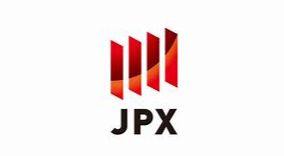

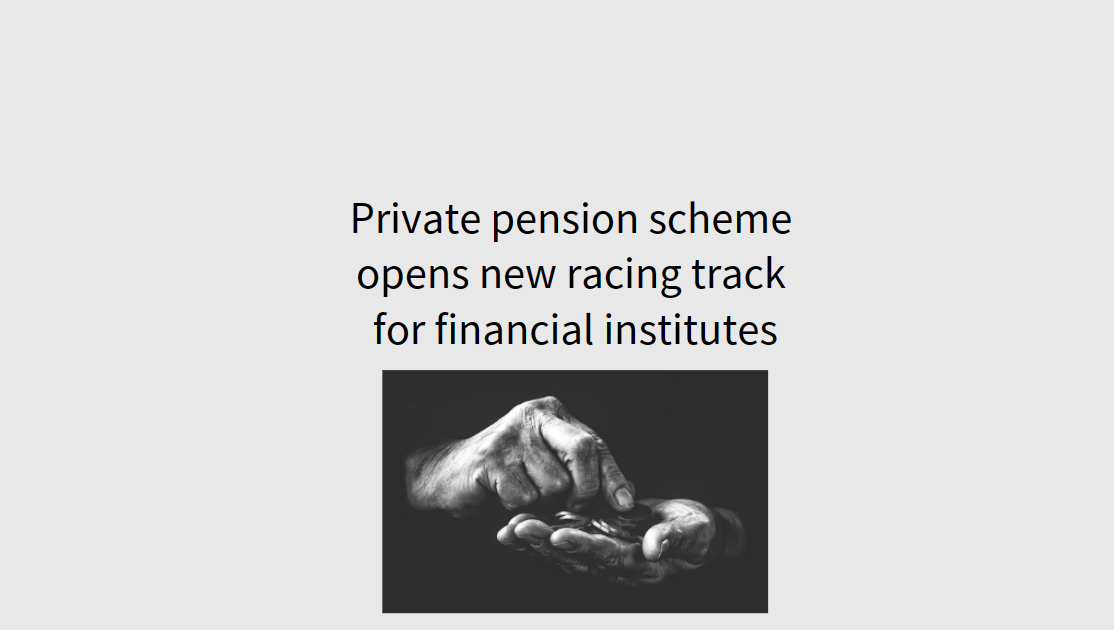
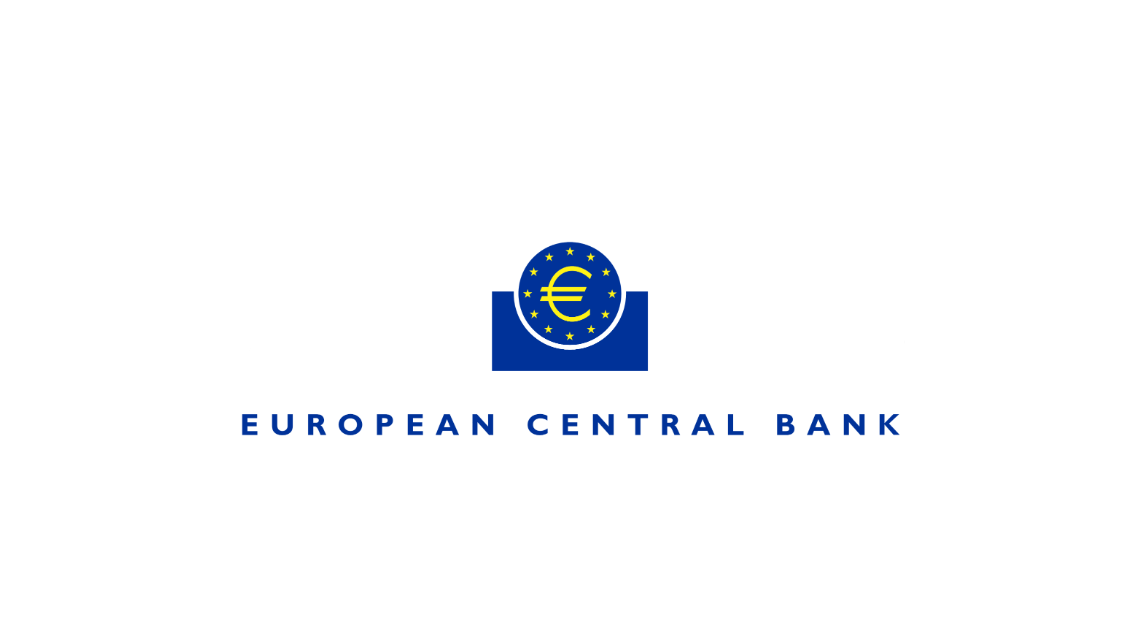
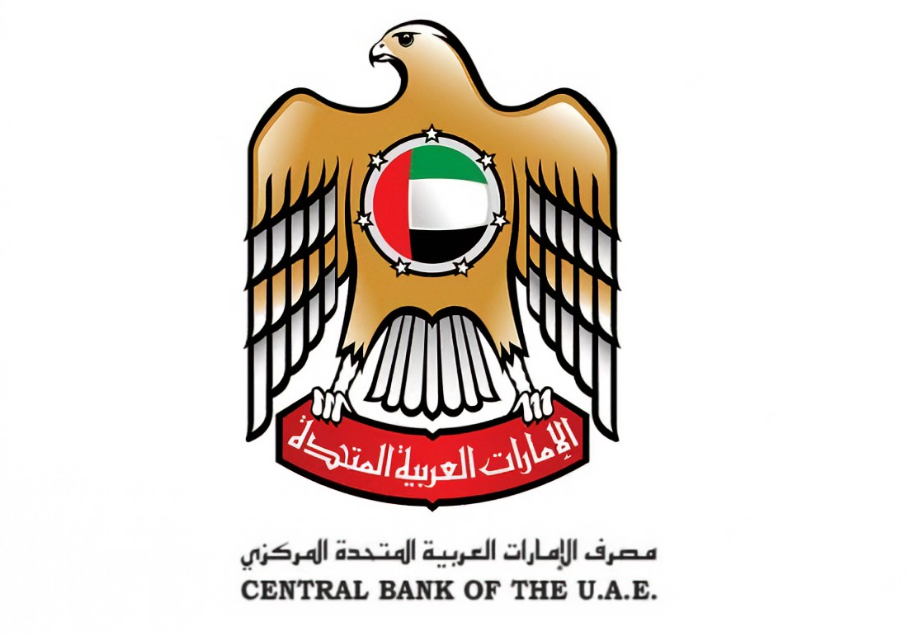

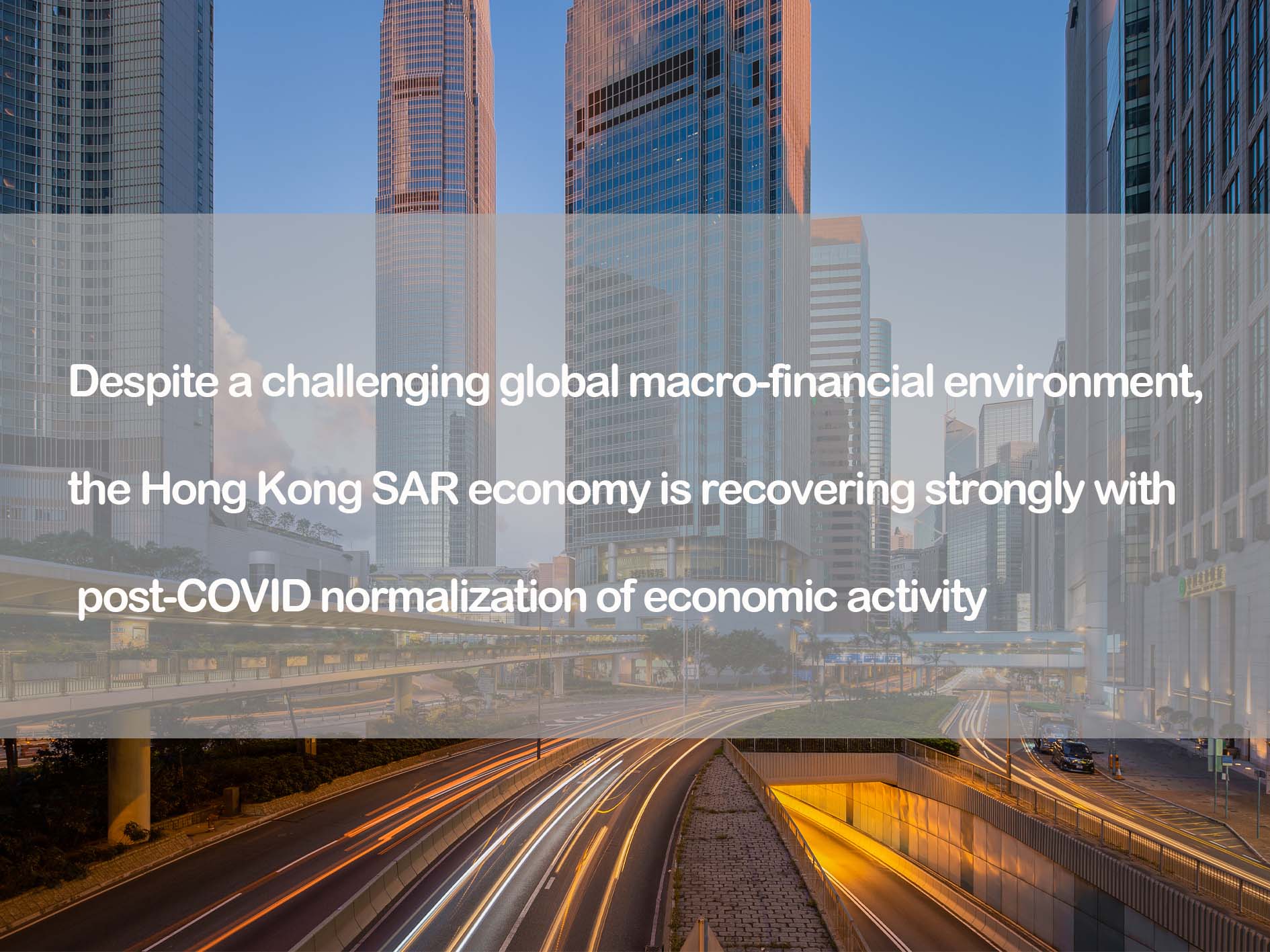


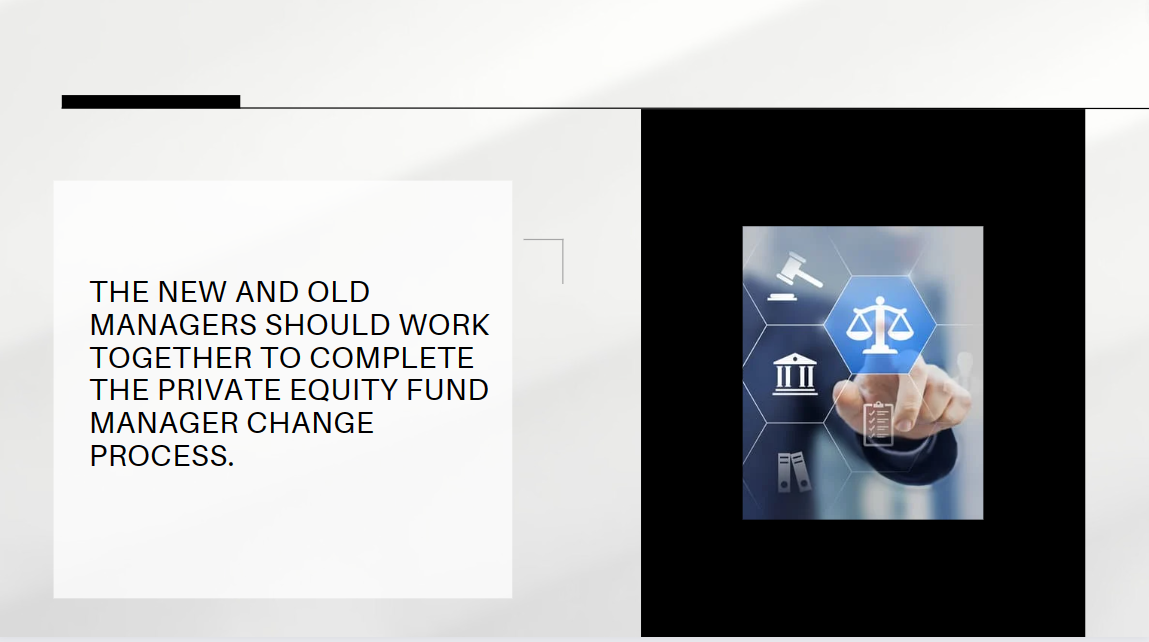

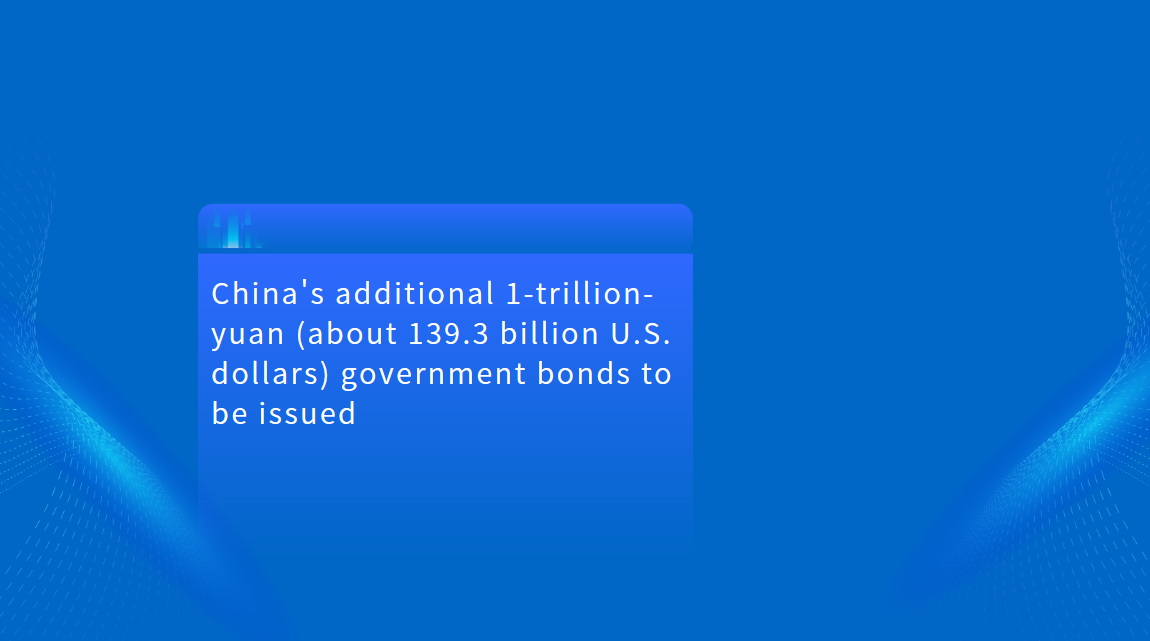

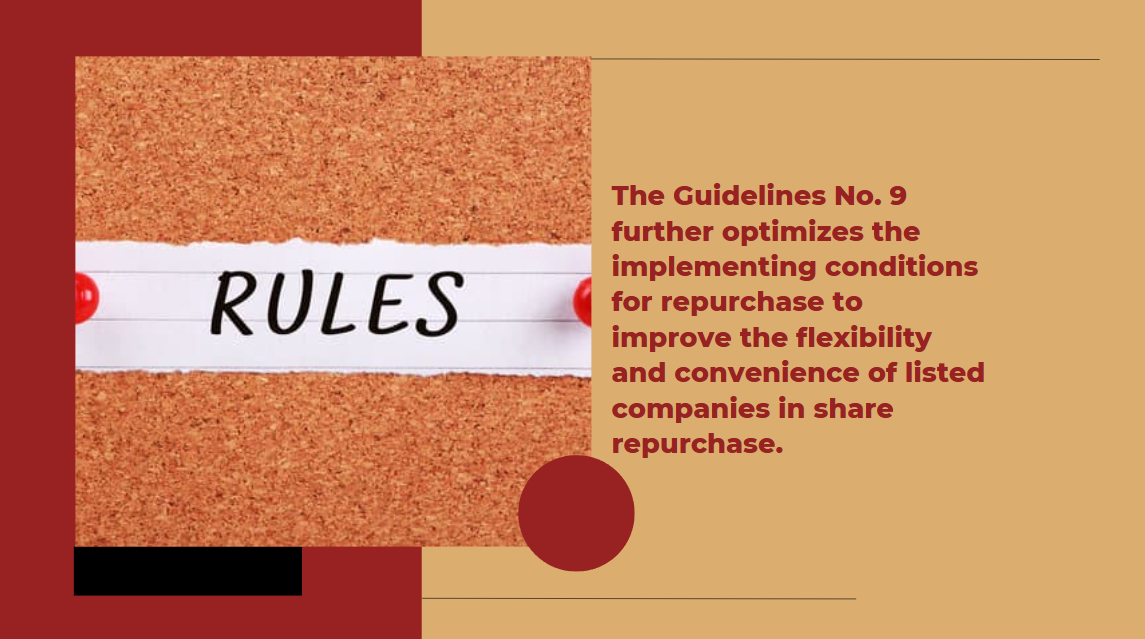
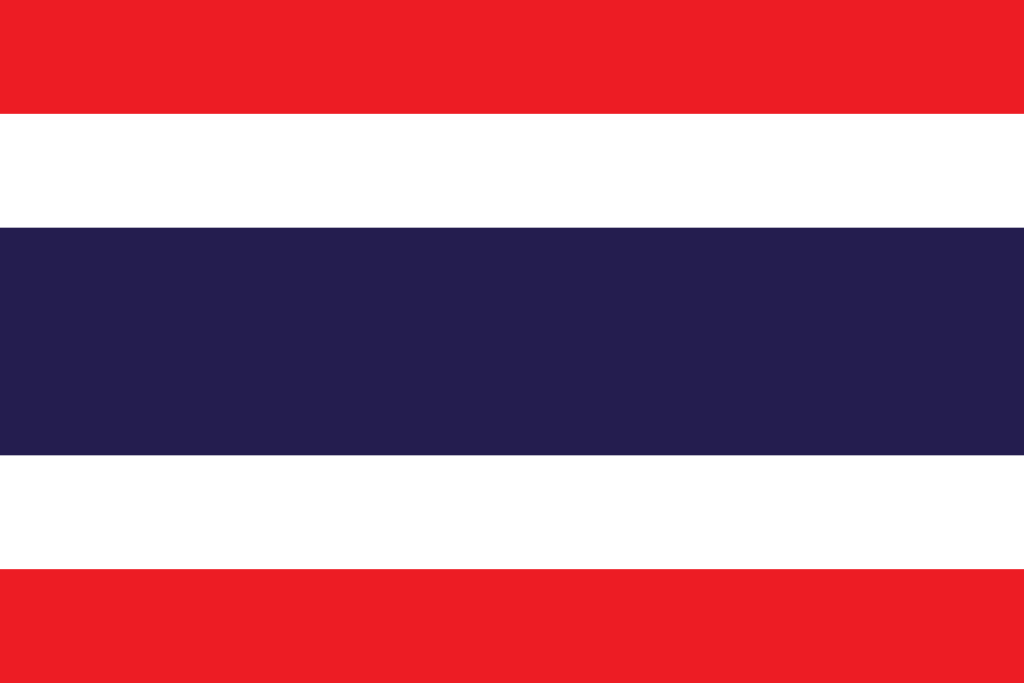































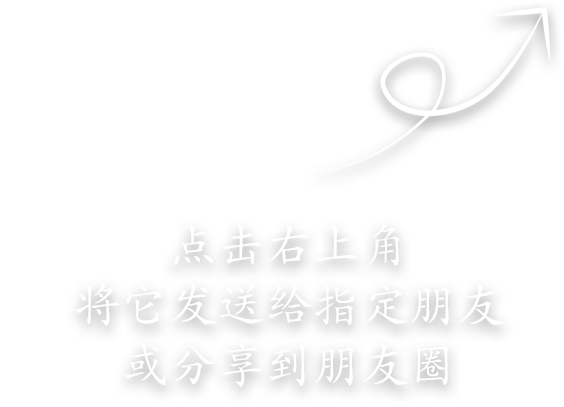
First, please LoginComment After ~